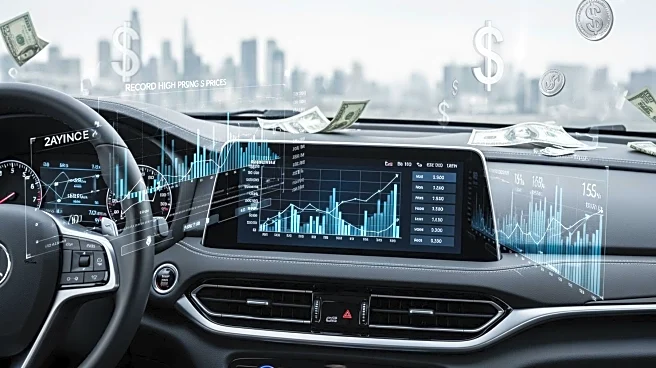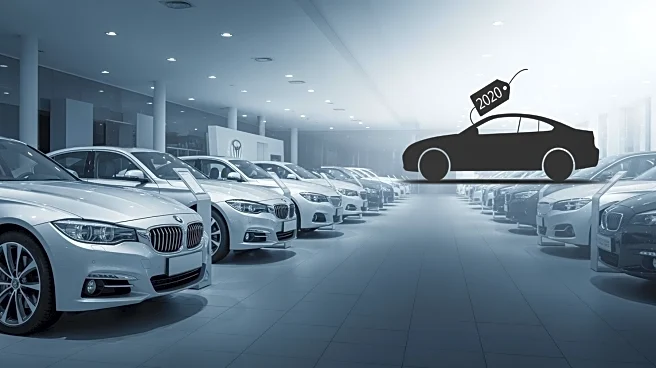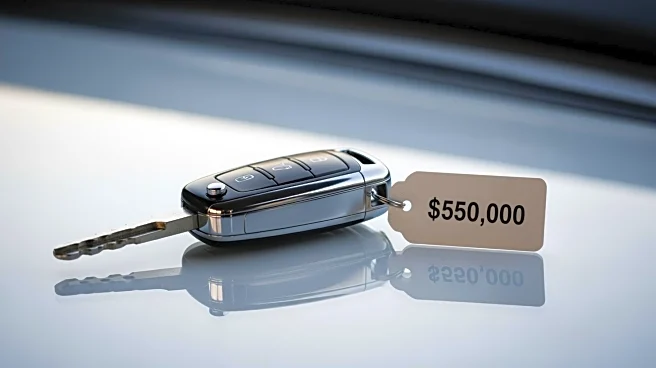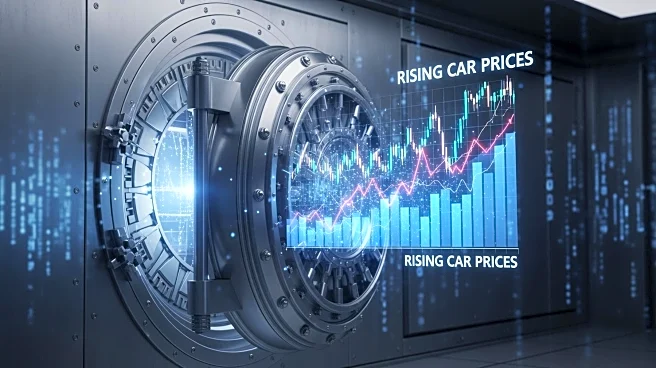What's Happening?
The average price of a new car in the United States has reached a record high of $50,000, according to financial analyst Stephen Kates from Bankrate. This increase in car prices is attributed to various factors, including supply chain disruptions, increased
demand, and inflationary pressures. The rising costs are causing sticker shock among consumers and are expected to influence purchasing decisions and financing options.
Why It's Important?
The surge in car prices is significant as it reflects broader economic trends affecting consumers and industries. Higher vehicle costs may lead to decreased affordability, impacting consumer spending and potentially slowing economic growth. Automotive manufacturers and dealers may experience shifts in demand, influencing production strategies and sales forecasts. The situation also highlights the ongoing challenges in supply chain management and inflation control, which are critical issues for policymakers and businesses.
What's Next?
As car prices continue to rise, consumers may seek alternative transportation options, such as used vehicles or public transit, potentially affecting the automotive market. Manufacturers and dealers may need to adjust pricing strategies and explore cost-reduction measures to maintain competitiveness. Policymakers could face pressure to address inflation and supply chain issues to stabilize the market and support economic recovery.













